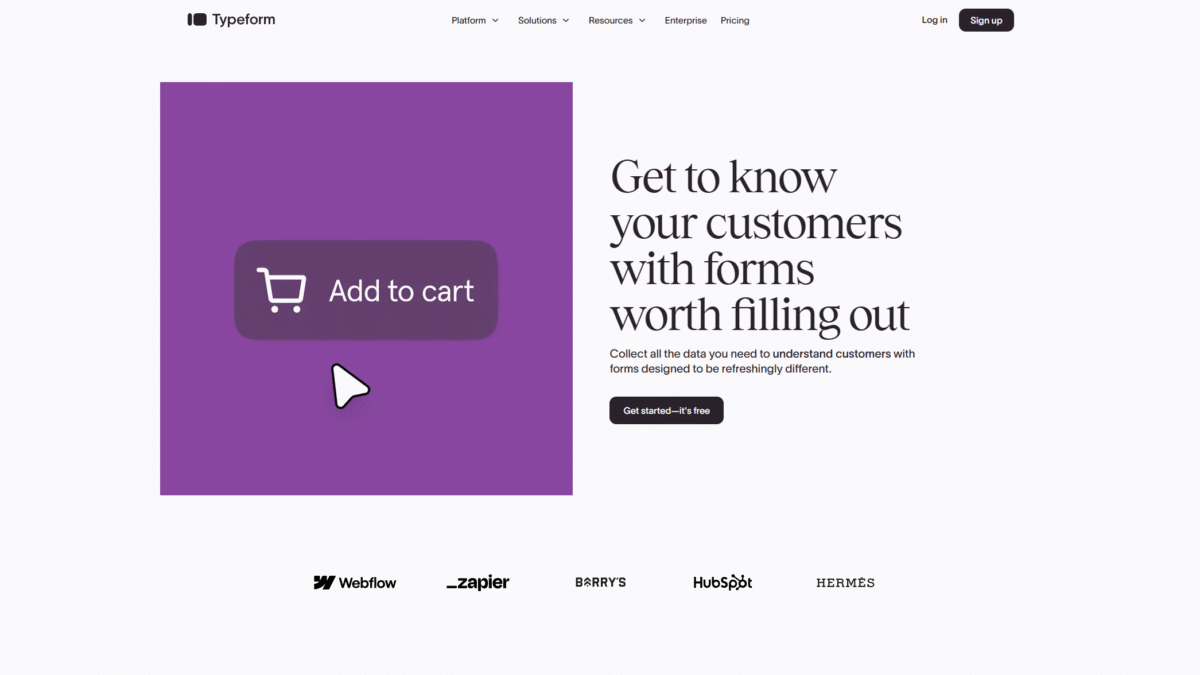
Engaging Performance Review Templates for Better Feedback
Searching for the ultimate guide to performance review templates? You’ve come to the right place. In this post, I’ll walk you through everything you need to know about creating effective review forms that drive honest feedback and professional growth. When it comes to designing engaging templates, Typeform stands out with its people-friendly approach, making performance conversations feel less like paperwork and more like progress.
Whether you’re a manager looking to streamline annual reviews or an HR leader aiming for continuous feedback loops, finding the right structure is crucial. With years in the market and thousands of happy customers, Typeform offers customizable templates and powerful data insights to transform how you evaluate and develop talent. Ready to get started? Get Started with Typeform for Free Today and discover how seamless performance reviews can become.
What Are Performance Review Templates?
Performance review templates are structured forms that guide managers and employees through a formal evaluation process. They outline key performance indicators, set goals, and collect qualitative feedback—all in a consistent format. Using a well-crafted template ensures every review covers essential criteria, reduces bias, and fosters a clear path for development.
From self-assessments to manager evaluations, these templates can be tailored to suit different roles, seniority levels, and organizational cultures. Embedding them in a dynamic platform like Typeform adds interactivity and user-friendly design, encouraging higher completion rates and richer responses.
Why Use Interactive Templates for Reviews?
Traditional PDF or spreadsheet forms often feel stale and rigid. Interactive review templates:
- Boost Engagement: Conversational flows and conditional logic keep respondents interested.
- Increase Completion Rates: Typeform users collect up to 3.5x more data by breaking questions into bite-sized steps.
- Enable Richer Insights: Multimedia elements like video intros or illustrative images clarify expectations and tone.
- Automate Follow-Ups: Trigger email reminders and share results instantly with stakeholders.
Key Elements of Effective Performance Review Templates
Any robust template should include these sections:
- Objective Assessment: Clear scoring scales for competencies and goal attainment.
- Self-Reflection: Open-ended prompts that let employees highlight achievements and challenges.
- Manager Feedback: Structured fields for strengths, areas to improve, and actionable next steps.
- Development Plans: Space to set SMART goals and identify training needs.
- Overall Rating: Summarized scorecard and final comments.
With Typeform, you can design each of these components as separate “blocks,” adding conditional follow-up questions when specific ratings fall below a threshold. This ensures deeper context where it matters most.
How to Customize Your Performance Review Templates in Typeform
One of the biggest advantages of using Typeform for performance review templates is the freedom to brand and personalize every aspect:
- Branded Themes: Match your company colors, fonts, and logo for a polished look.
- Custom Question Logic: Ask follow-up questions only when needed to keep forms concise.
- Media Embeds: Insert short video intros from leadership to set context and tone.
- Progress Visuals: Show respondents how far along they are with a dynamic progress bar.
These design elements not only reflect your organizational culture but also make the review process feel thoughtful rather than transactional.
Best Practices for Rolling Out Your Templates
Implementing new review templates requires clear communication and training:
- Provide Guides: Offer a short walkthrough video or PDF so managers know how to interpret each question.
- Set Expectations: Define timelines for self assessments, manager reviews, and calibration meetings.
- Collect Feedback on the Process: Use a quick follow-up survey to refine your template for the next cycle.
By iterating on your templates based on real user feedback, you ensure they stay relevant and effective year after year.
Integrating Data Insights into Your Performance Strategy
With responses collected through your dynamic performance review templates, you gain valuable data points:
- Skill Gaps: Identify competency areas where multiple employees request development support.
- Sentiment Trends: Gauge morale by analyzing open-text feedback and rating distributions.
- Progress Tracking: Monitor goal completion rates over time and adjust KPIs accordingly.
Typeform’s AI analysis can surface patterns automatically, so you spend less time crunching numbers and more time coaching your teams.
Mid-Article Call to Action
If you’re ready to transform how you conduct performance reviews, Get Started with Typeform for Free Today. Set up your first interactive template in minutes and see engagement soar.
Tips for Continuous Improvement
To keep your review process sharp:
- Update Annually: Reflect on new strategic priorities or role changes.
- Solicit Manager Input: Engage leaders in fine-tuning question phrasing and scoring rubrics.
- Leverage Benchmarks: Compare performance metrics across teams or departments to identify best practices.
Conclusion
Revamping your performance review templates doesn’t have to be a chore. With Typeform, you get interactive, visually engaging forms that boost response rates and deliver actionable insights. From customizable branding to AI-driven analytics, it covers every aspect of a modern review process. Ready to get started? Get Started with Typeform for Free Today and take your feedback culture to the next level.
